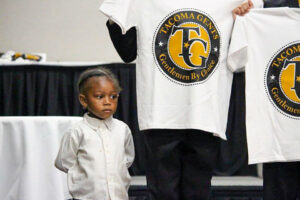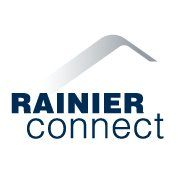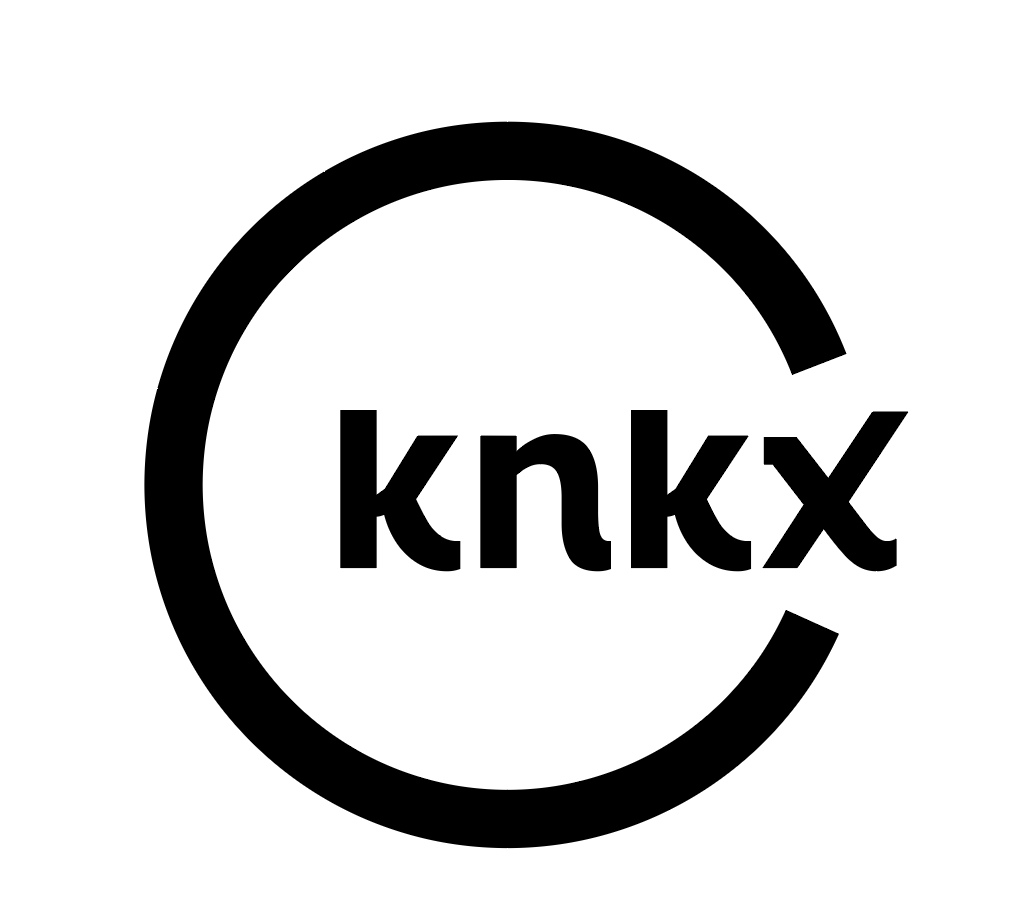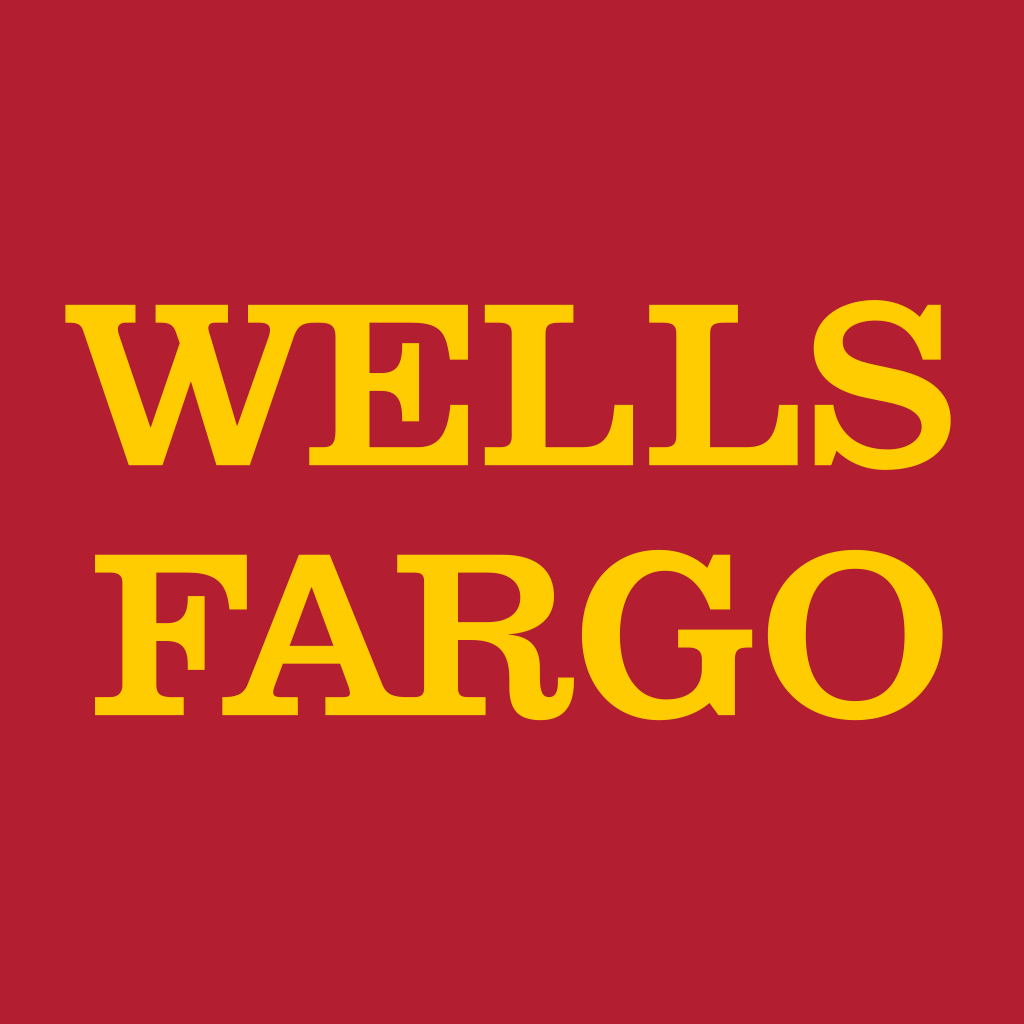This blog series spotlights the ten policy recommendations from our latest Making the Case Report: A Policy Blueprint to Increase Financial Aid Uptake. Each week, we’ll focus on a key strategy designed to increase FAFSA/WASFA completion and financial aid attainment.
While we explore these specific policy recommendations, our team will continue to track and report on the broader legislative landscape. We’ll keep you updated on bills related to student-centered policies throughout the 60-day session. For a real-time update of relevant bills, please visit our 2024 bill tracker.
Much of the uncertainty surrounding financial aid applications is fueled by misinformation.
More than one-third of the participants in our research identified parental unwillingness to engage in the financial aid process as a primary obstacle to completing applications. This sentiment is prevalent among undocumented populations, who are understandably hesitant to share information with government entities. However, it is also noticeable in conservative areas where skepticism towards government institutions is growing. In many cases, practitioners find themselves at a loss on how to assist these families in advancing through the financial aid process, particularly when these families are unwilling to fill out any forms. As a state, it’s crucial that we develop strategies to effectively support these groups.
Increasing financial aid completion in Washington will require simple and farreaching marketing and communication efforts to inform students and families about the dollars available and the process to access those dollars.
The following policy recommendation urges Washington State to set a definitive goal for increasing financial aid applications by 10 percent by 2028. With the Federal FAFSA simplification in 2023-2024, the timing is ideal to enhance the 12th Year Campaign. Drawing inspiration from successful campaigns like “Vaccinate WA,” the plan involves collaborative efforts, robust investments, and multilingual communications.
Leveraging FAFSA simplification and expanded Pell Grant funding, Washington can further convey that financial aid is now more accessible than ever, fostering a brighter future for postsecondary enrollment.
Policy Recommendation #2
Set a statewide financial aid attainment goal and invest in the 12th Year Campaign to implement a robust, multilingual communications and incentives strategy for financial aid.
Washington should set a clear and ambitious statewide goal for FAFSA/WASFA completion that is both measurable and time bound. For example: Washington will achieve a 10 percentage point increase in financial aid application completion by 2028.
Setting goals inspires collaboration and imagination to tackle challenges. They offer clear direction for planning, managing, and accountability, crucial for progress.
With Federal simplification of the FAFSA being implemented for the 2023-2024 academic year, this is an ideal time to bolster the already existing resources and information that are part of the 12th Year Campaign with a well resourced and wide-reaching public communication efforts. The 12th Year Campaign could be further enhanced by incorporating a statewide FAFSA/WASFA “challenge” where schools and districts compete to reach financial aid completion targets. The upcoming FAFSA simplification and expanded Pell Grant funding can be leveraged to communicate to students and families that financial aid is more abundant and easier to access than ever.
Washington State should take a page out of our own book and use our successful “Vaccinate WA” campaign and resourcing as a model for a multifaceted and sustained statewide FAFSA/WASFA marketing and communications effort. A vigorous campaign should include partnerships with school districts, higher education institutions, businesses, nonprofits, community partners, sports teams, and recognized state figures using clear and aligned messaging to heighten awareness of the FAFSA and WASFA. Robust investments could be used for billboards, television and digital advertising, marketing in community hubs like clinics and grocery stores, recreation centers and through youth development providers such as Boys and Girls Clubs. Broad marketing efforts should be complemented with targeted communications in a variety of languages and through messengers with established trust among tribal, immigrant, and undocumented communities.
Example
Over the past five years, states, cities, and localities have organized FAFSA challenges to help more graduating high school seniors complete the FAFSA and understand the amount of federal aid they can receive for postsecondary education. Research indicates that strategies like offering personalized assistance, providing information about financial aid early in the college application process, and using data to inform outreach to students are effective in increasing FAFSA completion, and many FAFSA challenges include these elements within their campaigns.
FAFSA completion challenges can also support competition between states. In 2018, in partnership with Chiefs for Change, state leaders from Tennessee, Louisiana, New Mexico, and Nevada faced off in a friendly competition to increase FAFSA completion rates with impressive results. Across the four states, completion rates rose 9% in one year, with an average completion rate of 68%.
In Colorado, the Financial Aid Application Working Group established a bold goal that by July 2026, Colorado will be in the top 10% in the nation in financial aid application completion or have 80% or more of graduating seniors attending a public high school submit a financial aid application. The “Get Your Piece of the Pie” campaign features Governor Jared Polis and is focused on addressing common misconceptions about financial aid applications and promoting the potential benefits of completing the FAFSA. The state also supports schools and districts by developing communication resources and assisting with the organization of statewide events.
Tennessee annually supports “FAFSA Frenzy,” a statewide effort to encourage and support high school seniors in filing the FAFSA. During FAFSA Frenzy, high schools host events during school hours where computers and volunteers are available to help students complete the form. Additionally, the state provides a toolkit for participating high schools with information on how to file the form, social media and marketing resources, and suggestions on how to recruit and engage volunteers. Tennessee also recognizes school districts with banners, earned media, and other acknowledgements as “MVP” (highest FAFSA completion rate); “Most Improved” (greatest year-to-year improvement); and “Biggest Boost” (largest week to week improvement).
In Illinois, College Changes Everything is a college access movement that recognizes that college can be a life-changing experience not only for students, but also for families and communities.
















